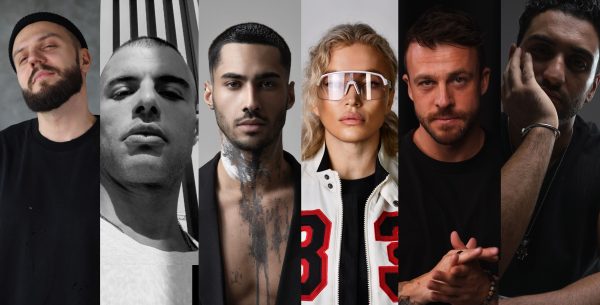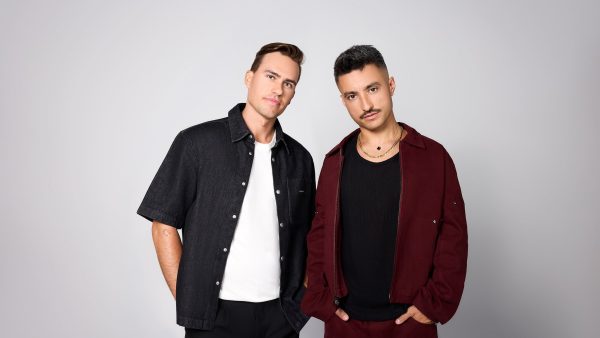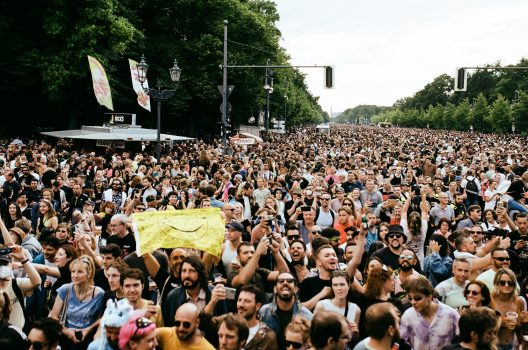Music is a lot more about what meets the ear. Take hip-hop—a genre that started as a countercultural grassroots art movement. Its music inspired other unique sounds, including the deep bass rhythms of far-off Eurodance, but its impact did not stop at auditory expression. Since the beginning, it has had a hand in art media like graffiti and breakdance. It might not come as a surprise at all that it sparked its own thrilling sect of fashion.
Here’s a quick look at how hip-hop fashion became mainstream.
Origins of hip-hop fashion
To understand the beginning of hip-hop fashion, it’s important to note the milieu of hip-hop as a whole. It began with an eighteen-year-old boy providing music for his sister’s back-to-school party. The year was 1973, and New York City’s Bronx borough was a melting pot of black, Latinx, and Caribbean American youth united in their desire for fun and frustration with the crime and poverty enveloping their neighborhoods. At the end of summer, in the back of an apartment at 1520 Sedgwick Avenue, host DJ Cool Herc played some music as entertainment. Then, on his turntable, he tried something new: extending the instrumental beat to prolong the most danceable part of the song. This was the birth of hip-hop.
Hip-hop fashion stems from styles of these backstreets, largely influenced by the young DJs that spread the movement and the block parties they rapped and MCed in. Most attendees were from low-income households and couldn’t afford expensive clothing—but that didn’t stop them from striving to look their best. Many wore tracksuits, bomber jackets, and sneakers. Oversized clothes, which initially reflected the reality that they were hand-me-downs, became a fashion statement. DJ Herc himself liked wearing bold and flashy outfits, and his sister, Cindy Campbell—who eventually became a model and worked with prominent designers—helped him style them.
Hip-hop and nationalist clothing
In the late 80s and early 90s, hip-hop style took on a black nationalistic bent. This coincided with the comeback of the Black Power movement, which grew in more significant popularity than its supposed heyday in the late 1960s. Hip-hop artists such as Dapper Dan and Public Enemy began adorning themselves in the movement’s green, black, red, and yellow colors and wearing more militaristic styles.
However, this brief moment of African heritage-centered fashion soon gave way to a more commercialized focus
Designer ghetto fashion
The yearning for more extravagant looks was partially a return to the unapologetic showiness of old-school gangsters, with hip-hop artists sporting luxury brands and pointing them out in their songs. The hip-hop hall-of-famer Christopher Wallace—also known as Biggie Smalls—exemplifies this, embedding vogue materialism into his lyrics while wearing an ostentatious wardrobe. His curated Versace sunglasses, characterized by their high-end materials and recognizable design aesthetic, boosted their sales. His memorable melodic praise for them keeps the specs the quintessence of glamor and unmistakable attitude today. Meanwhile, Run-DMC was the first music group ever to partner with a major athletic brand. Their hip-hop single “My Adidas,” which popularized adidas footwear, launched the possibility of brand deals with exercise companies. As these artists grew in popularity, so did what they wore.
Hip-hop fashion today
The trend of hip-hop artists popularizing brands continues, with some crafting designer brands themselves. Jay-Z, who famously broke Elvis’ record for most No. 1 albums by a solo artist, co-founded Rocawear after he noticed how his patronage positively impacted clothing companies’ sales. The company blew up, and, at its peak in 2007, was worth $700 million. Later, Kanye West followed in his footsteps by releasing his Dw collection during Paris Fashion Week and eventually creating the shoe brand Yeezy. Hip-hop artists partnering with clothing brands are now standard, cementing the genre into mainstream fashion.
Hip-hop fashion started as the clothing convention of a small sect in New York. Thanks to hip-hop artists’ popularity and resourcefulness, it’s now accepted as a well-beloved part of the mainstream.




